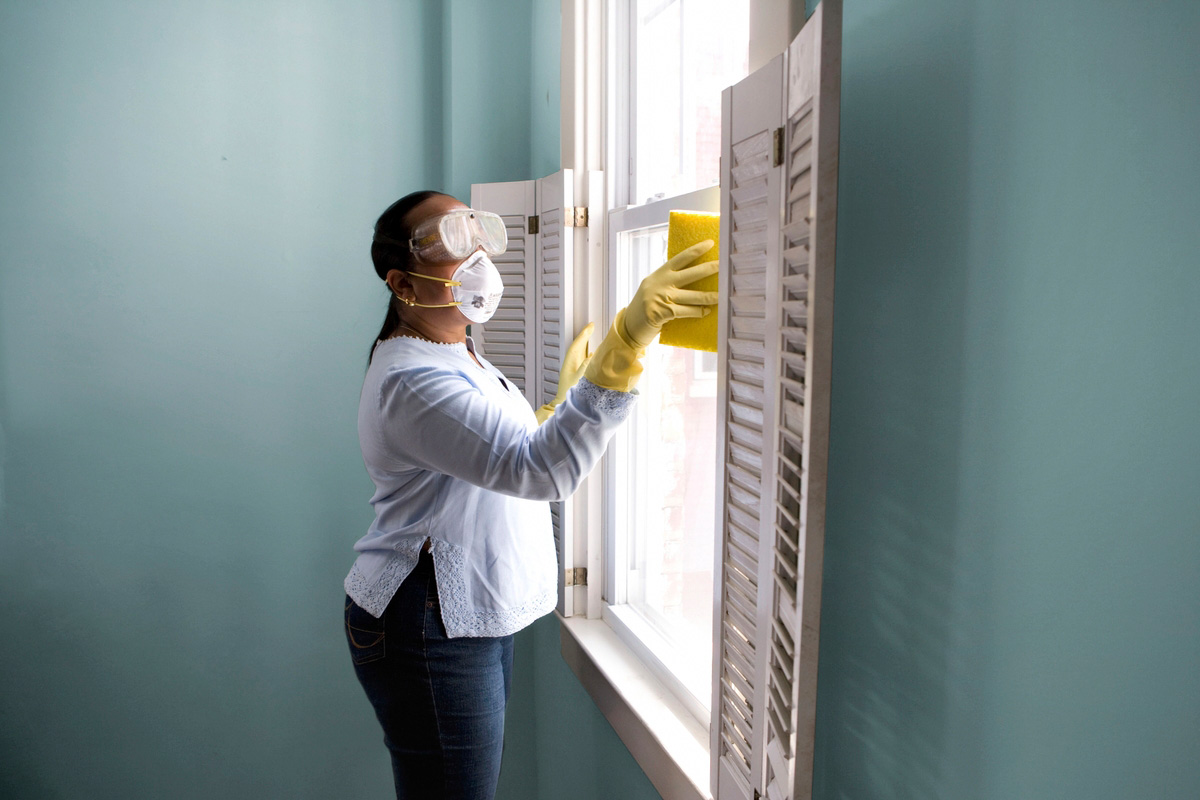Winter-proofing your property – a must for homeowners & landlords
As winter approaches, it’s important to take steps to ensure your home is properly prepared for the colder months. Homeowners in Australia should take extra caution when winter-proofing their homes due to the region’s more temperate climate. Whether you’re a homeowner or a landlord, preparing your home for the colder months is essential for ensuring your tenant or family’s comfort and safety.
Below are some of the most important steps you should take to winter-proof your Australian home.

1. Add insulation for energy efficiency
Adding insulation to attic spaces, walls, and floors can help reduce energy costs during the winter months. This will also help keep your home warm and comfortable throughout the season. Make sure to use appropriate insulation for your climate, as some materials are better suited for different types of weather. Additionally, be sure to check any existing insulation you have installed – if it’s not up to date or has been damaged, replace it with new material.
2. Draft proofing ideas
Cold drafts entering through windows and doors can be a major source of discomfort in a home during the winter months. To combat this issue, homeowners should consider investing in draft-proofing accessories like door sweeps or window seals. These products can help reduce air infiltration from outside sources and make your home more comfortable overall.
3. Sub-floor ventilation
Another important step in winter-proofing your home is making sure that subfloor ventilation is adequate. Poor ventilation can lead to dampness and mould growth inside the house, which can be very difficult (and expensive) to rectify once established. Installing a fan system underneath floorboards will help keep air circulating and minimise moisture build-up over time.
4. Add rugs to wooden floors
Adding rugs or carpets to wood floors is another great way to improve comfort in your home during cooler months. Not only will this help insulate against cold temperatures, but it will also provide an extra layer of protection against drafts coming through windows or doors and foot traffic noise between levels of a multi-story house. Rugs come in all shapes and sizes, so you should have no problem finding one that fits perfectly with your decorating style!
5. Home heating options
If you don’t already have a heating system installed in your home, then now may be the time to invest in one! There are many options available on the market today that are both energy efficient and cost-effective – from portable electric heaters to ducted gas systems with zoned temperature control capabilities. Speak with a professional about what type of system would best suit your needs before making any decisions on purchasing one for yourself!
6. Fireplace maintenance
For those who have a fireplace in their home, it’s essential to inspect it before the start of winter and make sure that any necessary repairs are completed ahead of time to ensure safe operation throughout the season.
7. Install extractor fans
Extractor fans are an effective way to reduce condensation in your home caused by cooking, washing clothes, or taking hot showers. Condensation can cause damp patches on walls and ceilings, leading to mould growth if not addressed. Extractor fans draw out moisture-laden air from bathrooms and kitchens before it has a chance to settle on walls or ceilings. This is especially important for homes that don’t have windows that are open enough for natural ventilation.
8. Use a dehumidifier
Dehumidifiers are designed to remove humidity from the air inside your home. Using a dehumidifier helps ensure that your interior space remains comfortable while reducing the risk of mould growth due to condensation buildup. It’s also beneficial in helping you save money, as running a dehumidifier uses less energy than running an air conditioner or heater. When purchasing a dehumidifier, make sure you check its capacity so it can effectively cover the size of your room or house.
9. Clear gutters ahead of winter storms
Gutters can quickly become clogged with leaves and debris during winter storms, leading them to overflow and cause water damage in basements or on foundations. To avoid this, be sure to clear out any debris in your gutters before winter storms hit so they are free-flowing when the rain pours down heavily during inclement weather conditions. Additionally, inspect any seals around pipes connected to gutters periodically throughout the year, as these seals may wear over time, causing leaks along seams in gutter systems.
When taking these steps into account alongside other seasonal maintenance tasks, such as clearing gutters ahead of storms or using dehumidifiers where necessary, we guarantee you’ll be fully equipped for whatever Mother Nature throws at us this upcoming season!
So don’t delay – get out there today and start preparing your home for winter.




